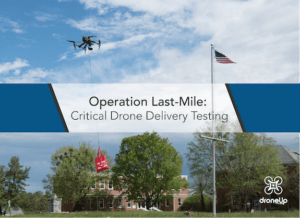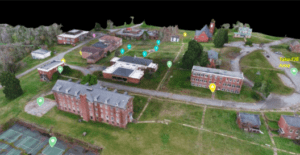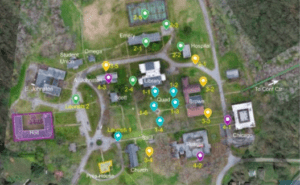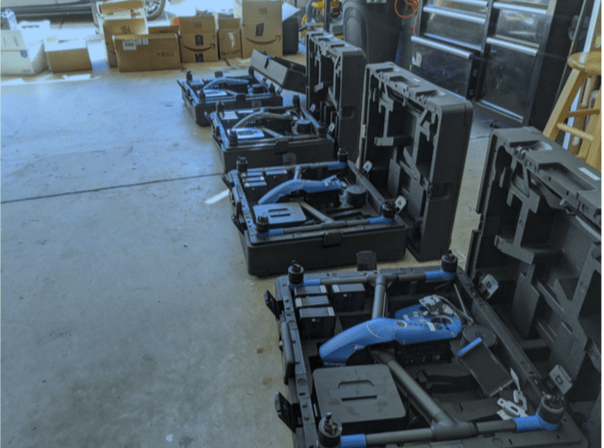
DroneUp is one of the most successful service providers in the world, offering a vetted, licensed and trained force of pilots across the country. That made DroneUp a logical partner for Virginia’s Center for Innovative Technology (CIT) and UPS when they set out to determine – quickly – how unmanned aerial systems could assist with critical delivery during times of crisis, working under the Federal Aviation Administration’s (FAA) current Part 107 regulations.

In a pandemic, drone delivery is already showing value. “The delivery testing and outcomes prove that drones can be used to safely deliver critical items to a quarantine area. Experienced drone pilots could be quickly dispatched to hot zones to provide real assistance in pandemic response,” said Joe Fuller, DroneUp’s CIO.

“This exercise proved that Part 107 pilots using commercially available drones could successfully and repeatedly deliver 1.275 pound payload packages to 10 foot diameter targets, on 1500 foot round trips under FAA Part 107 rules,” says the report.
That conclusion may be very significant for drone delivery, both during the current crisis and beyond. DRONELIFE spoke to DroneUp CEO Tom Walker in April, after the tests had been conducted. “We did hundreds, if not thousands of flights: it was an exhaustive exercise,” says Walker. “Every level of the government needs to know what was possible for drone delivery – and we decided to try and get that data.”
“Now we can answer those questions. We took a 55-acre college campus, we made it a town, and by the end of day two we were doing deliveries every 3 minutes,” said Walker. “It works.”
Miriam McNabb is the Editor-in-Chief of DRONELIFE and CEO of JobForDrones, a professional drone services marketplace, and a fascinated observer of the emerging drone industry and the regulatory environment for drones. Miriam has penned over 3,000 articles focused on the commercial drone space and is an international speaker and recognized figure in the industry. Miriam has a degree from the University of Chicago and over 20 years of experience in high tech sales and marketing for new technologies.
For drone industry consulting or writing, Email Miriam.
TWITTER:@spaldingbarker
Subscribe to DroneLife here.
